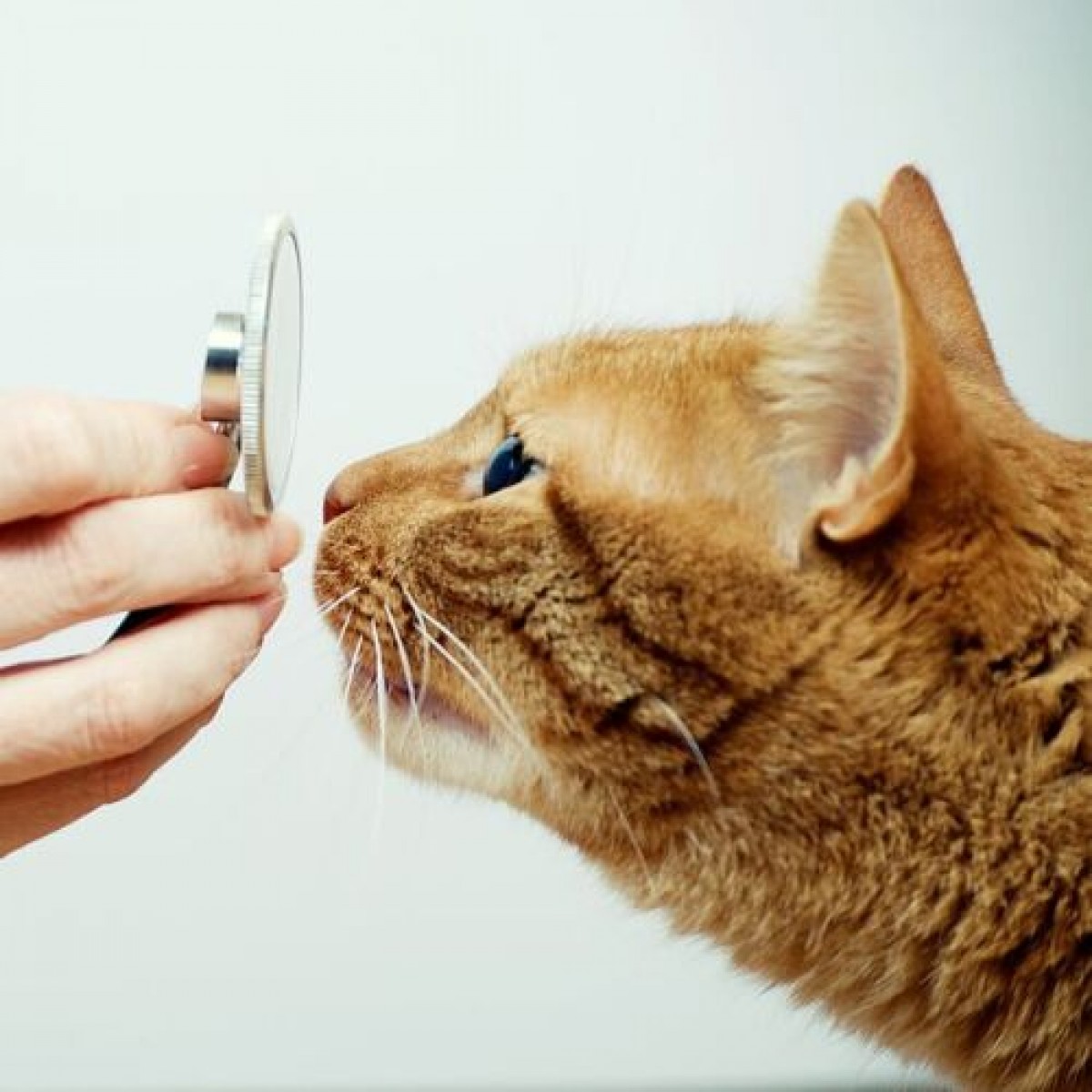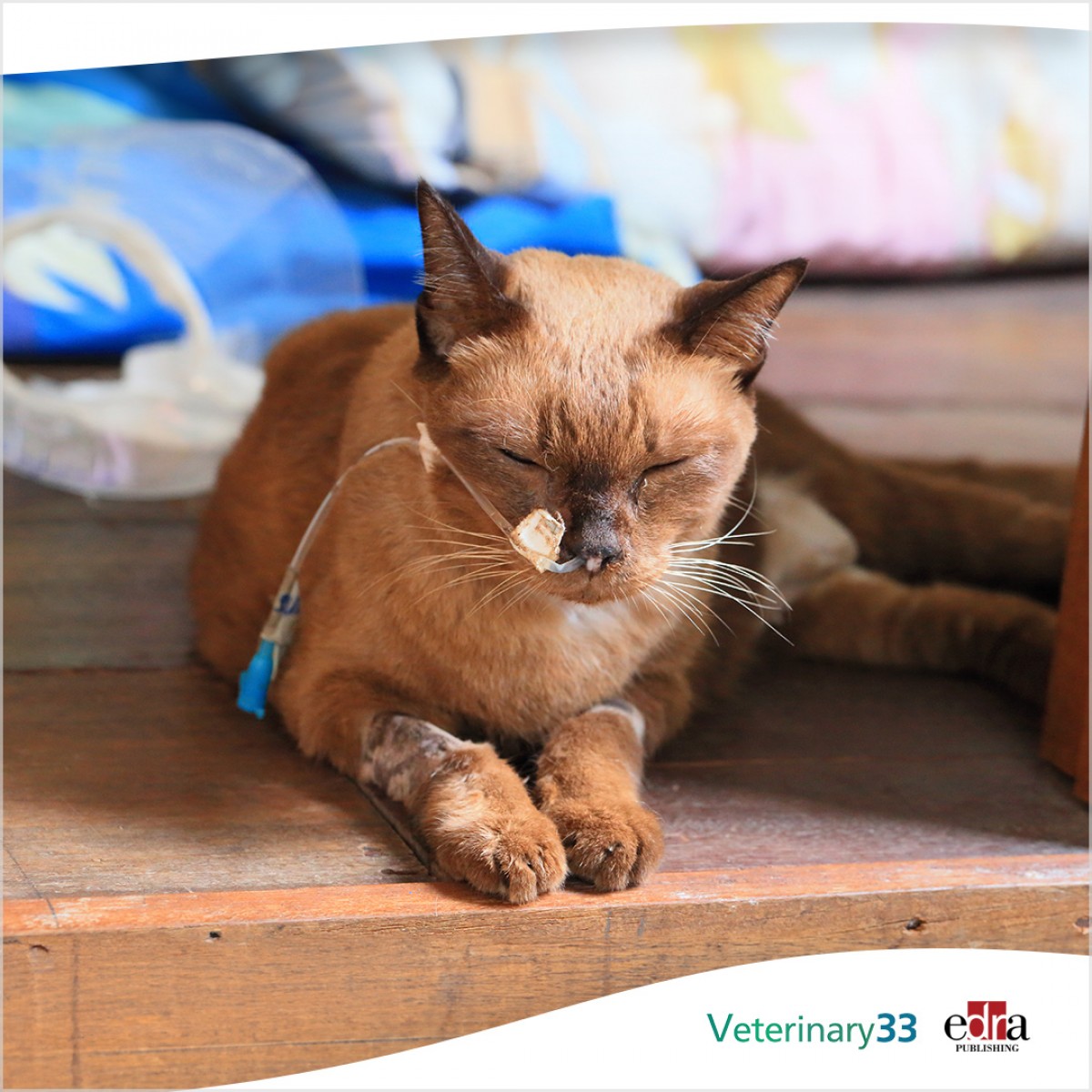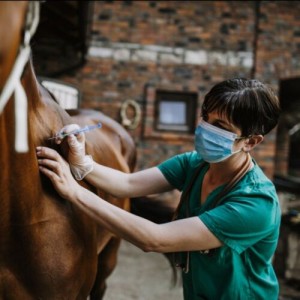Seroprevalence of feline leukemia virus and feline immunodeficiency virus infection among cats in North America and risk factors for seropositivity
Objective
To determine seroprevalence of FeLV and FIV infection among cats in North America and risk factors for seropositivity.
Design
Prospective cross-sectional survey.
Animals
18,038 cats tested at 345 veterinary clinics (n = 9,970) and 145 animal shelters (8,068) between August and November 2004.
Procedure—Cats were tested with a point-of-care ELISA for FeLV antigen and FIV antibody. A multivariable random effects logistic regression model was used to identify risk factors significantly associated with seropositivity while accounting for clinic-to-clinic (or shelter) variability.
Results
409 (2.3%) cats were seropositive for FeLV antigen, and 446 (2.5%) cats were seropositive for FIV antibody; 58 (0.3%) cats were seropositive for infection with both viruses. Multivariable analysis indicated that age, sex, health status, and cat lifestyle and source were significantly associated with risk of seropositivity, with adults more likely to be seropositive than juveniles (adjusted odds ratios [ORs], 2.5 and 2.05 for FeLV and FIV seropositivity, respectively), sexually intact adult males more likely to be seropositive than sexually intact adult females (adjusted ORs, 2.4 and 4.66), and outdoor cats that were sick at the time of testing more likely to be seropositive than healthy indoor cats (adjusted ORs, 8.89 and 11.3).
Conclusions and Clinical Relevance
Results suggest that certain characteristics, such as age, sex, health status, and lifestyle, are associated with risk of FeLV and FIV seropositivity among cats in North America. However, cats in all categories were found to be at risk for infection, and current guidelines to test all cats at the time of acquisition and again during illness should be followed.
Feline leukemia virus infection and FIV infection are among the most common infectious diseases of cats in North America. The prevalence of FeLV infection has reportedly decreased during the past 20 years, presumably as a result of implementation of widespread testing programs and development of effective vaccines. In contrast, testing for FIV infection is less common, and a vaccine against FIV has only recently been introduced. Thus, whether the prevalence of FIV infection is also changing is unknown.
Determining the true prevalence of FeLV or FIV infection is difficult because testing is voluntary and results are not collected into a central database. In addition, the lack of any national registry of veterinary clinics, animal shelters, or pet owners precludes selection of a 2-stage random sample of cats for testing that is representative of the population as a whole. For this reason, previous studies, of the prevalence of FeLV or FIV infection have relied on convenience samples representing specific categories of cats examined at veterinary clinics or enrolled in spay-neuter programs. Authors of a large national study involving 27,976 sick cats and cats considered at high risk for infection reported prevalences of 13% for FeLV infection and 7% for FIV infection; however, that study was completed more than a decade ago. Prevalences were much lower in a recent study,a in which 1.3% of 1,763 cats were positive for FeLV infection and 0.9% of 1,757 cats were positive for FIV infection, but that study was restricted to healthy pet cats. Authors of a study of 1,876 unowned feral cats reported that prevalence of infection was 4% for each virus.
More information is needed, therefore, regarding the current prevalences of FeLV and FIV infection in cats and factors associated with seropositivity. The purposes of the study reported here were to determine seroprevalence of FeLV and FIV infection among cats in North America and to identify risk factors for seropositivity.
Authors: Julie K. Levy, H. Morgan Scott, Jessica L. Lachtara, P. Cynda Crawford
Source: https://avmajournals.avma.org/














List
Add
Please enter a comment